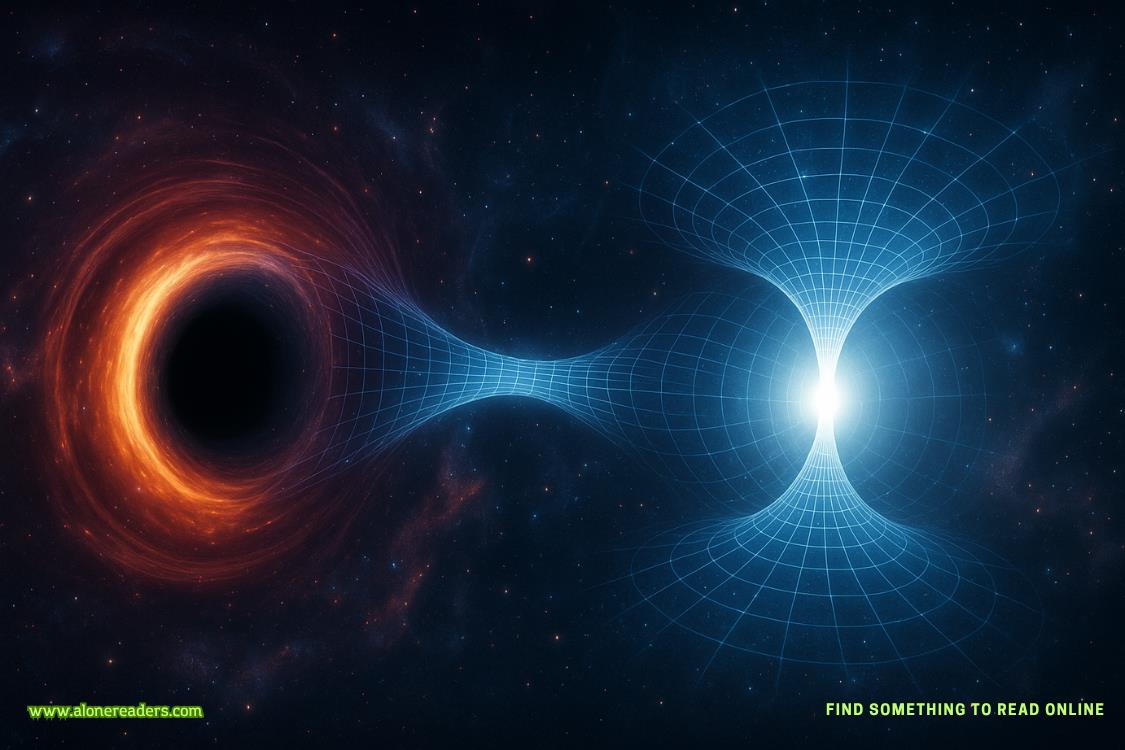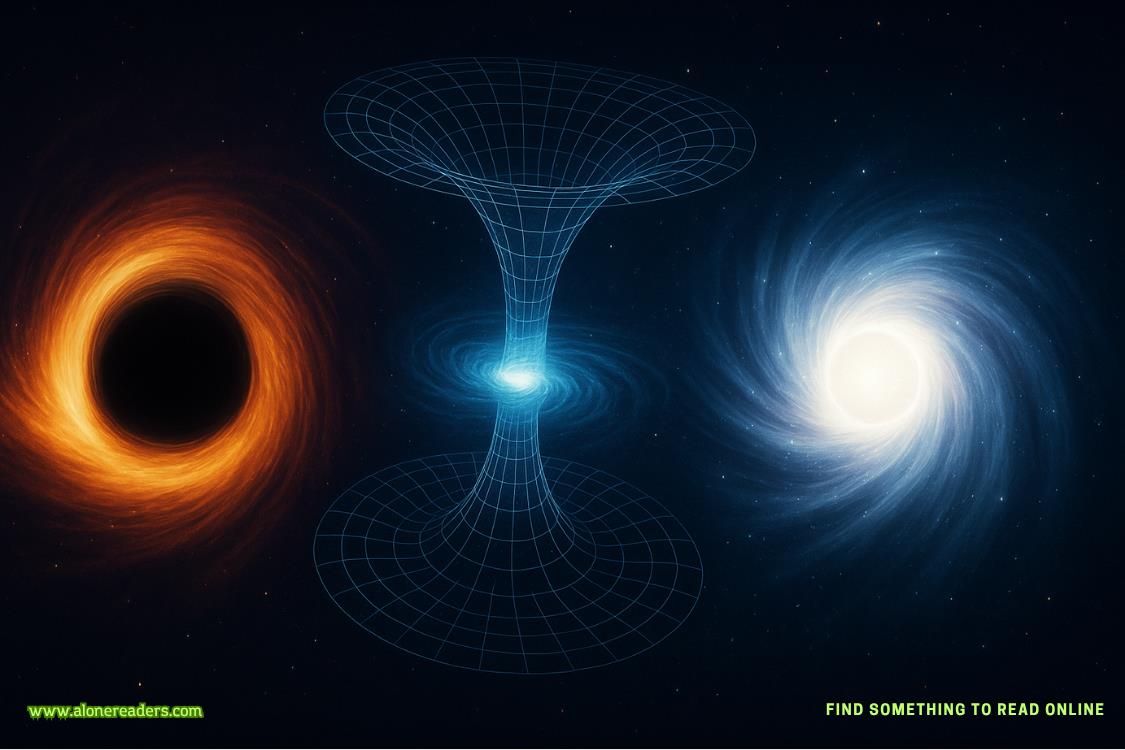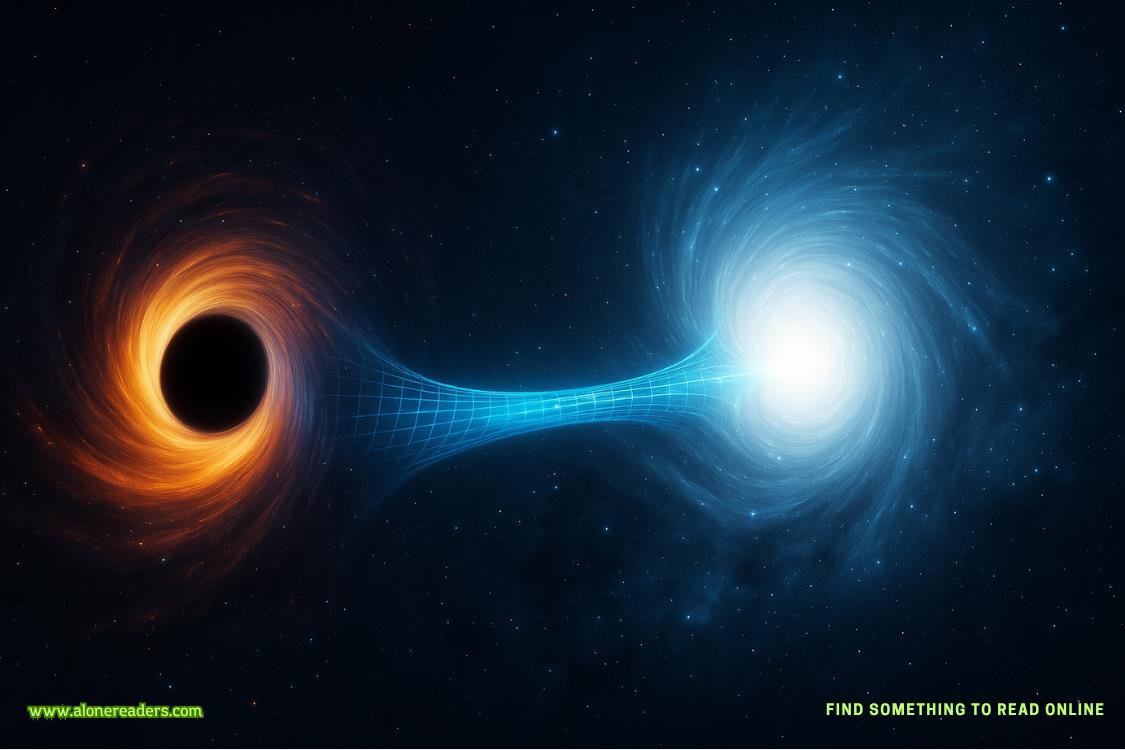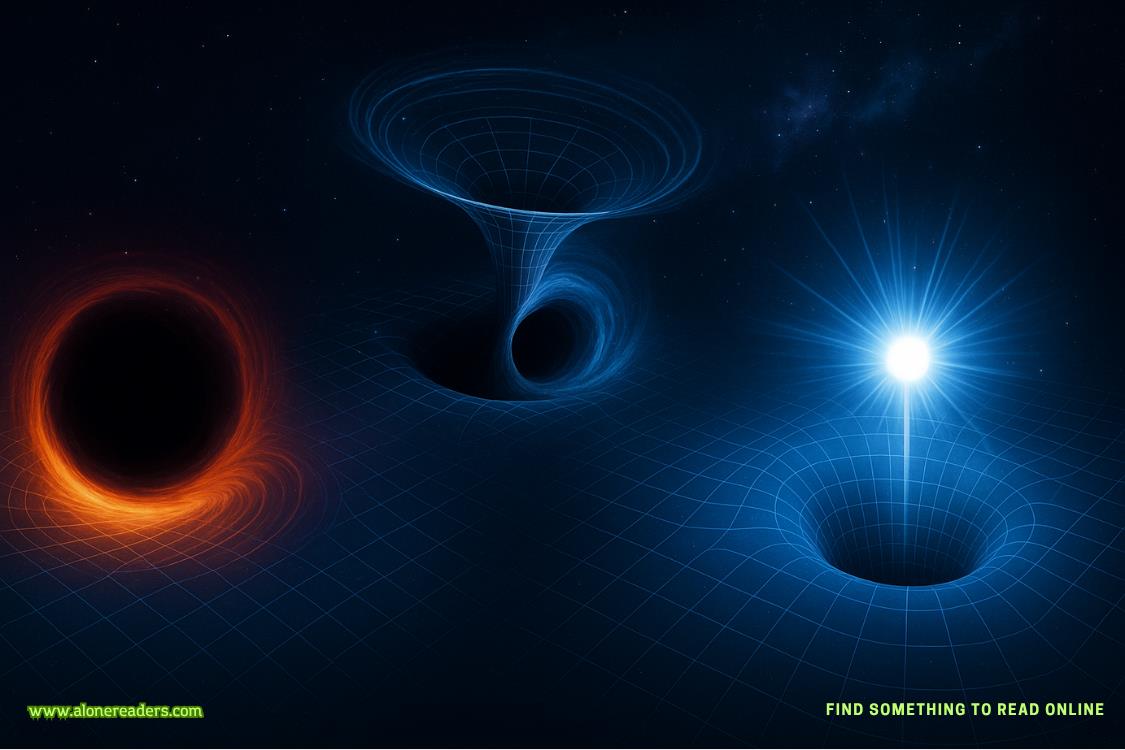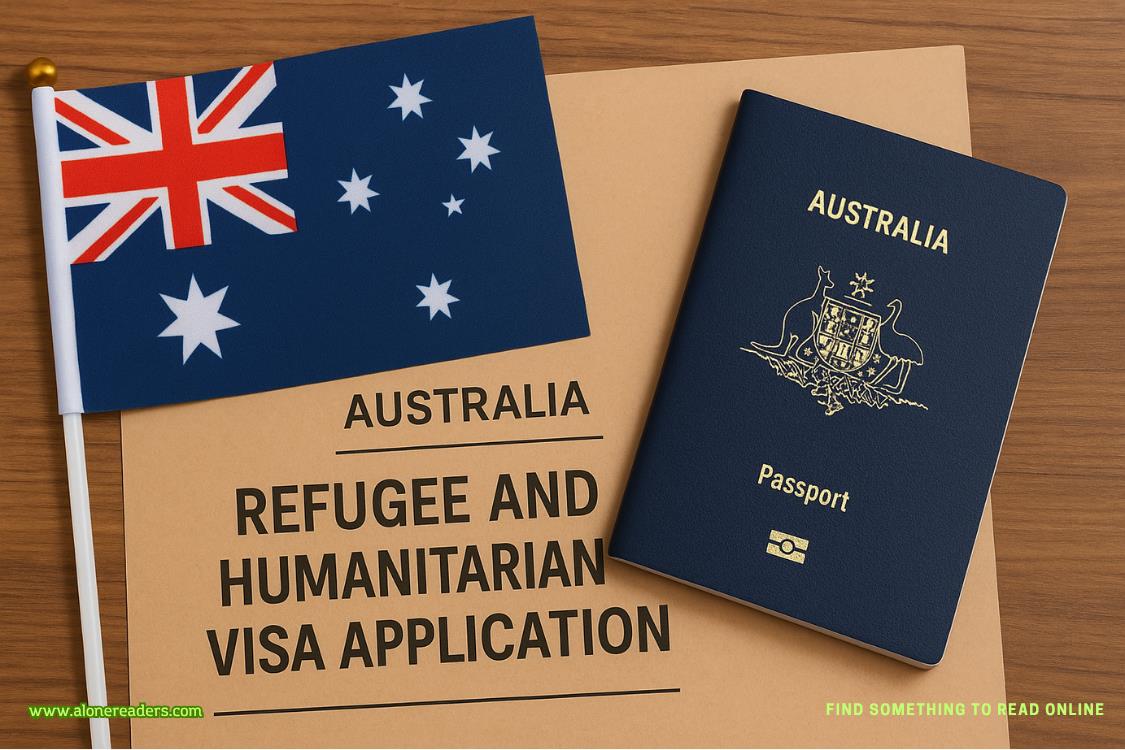Page 28 of Carrie Soto Is Back
And after all that, he was the one who ended it when he left me for another woman in December.
It took a while for me to dust myself off. But even then, I couldn’t ignore the power of the hatred of the fans in the stands. The tabloid headlines only got worse. Things likeCarrie Soto: Lonely At The Top. And then, perhaps worst of all,Who Could Love a Battle Axe?
I was used to being disliked, but nothing prepared me for being mobbed by paparazzi as I was coming out of a restaurant, havingthem casually ask things like “How do you feel about the fact that people think you’re a whore?”
I wore sunglasses and baseball caps outside. I ran from anybody with a camera. I hid in hotel rooms. I barely looked up into the crowds at my matches. Sportsade dropped me from their commercials; ticket sales for tournaments were down, and people were reporting that it was my fault.
I felt a million things.
But I felt one thing the strongest: Whatever soft parts of my heart I had tentatively exposed to Brandon, it had been a mistake. I would never again be that type of fool.
1984–1989
A lot of people hatedme in 1984. But I kept my head down, and I took three Grand Slams. I set a record for most weeks at number one. And winning, I’ve found, does sway a lot of people. I seemed to have won some of their affection back.
In 1985, I took Wimbledon for the third year in a row. In 1986, I won it and the US Open.
Going into Wimbledon in ’87, I was twenty-nine years old. Everyone was watching to see if I could win my twentieth Slam and set the record for most singles Slam titles. The papers were all saying that surely I was nearing the end of my career.
I won the final match in straight sets. And there it was. My world record.
Just shy of thirty and I was not just great. Butthe greatest.Of all time.
As I stood there on the court, watching the officials walk toward me with the plate, my entire career flashed in front of me.
Doing drills with my father as a kid. Playing Mary-Louise Bryant. Winning juniors, entering the main draws. Climbing up the rankings, improving my slice, learning that jump, defeating Stepanova once and for all. Domination.
I was now the most decorated tennis player by nearly every measure. Most Grand Slam singles titles ever. Most weeks at number one for any player in the history of the tour. Most singles titles, most aces over the course of a career. Most years ending number one. Highest-paid female athlete of all time.
I was the Carrie Soto I had always believed I could be.
I accepted the trophy that day as I had accepted all the others—my face stoic, my speech short. But this time, as I waved and turned to leave, I had to hobble off the court.
My left knee was killing me. It was often aching and tender all day. I’d get sharp pains when I bent it too far or put too much weight on it. I was getting cortisone shots, but they weren’t doing enough. It was beginning to slow me down on the court. And while I’d been able to withstand the pain through sheer force of will up until now, I knew I couldn’t do so much longer.
“Hija,” my father said over the phone. “You need surgery.”
“Stop,” I said, my voice clipped.
But I knew he was right. Before the US Open, my knee was so bad that I had to have painkillers injected directly into it, and I still lost in the semis to Suze Carter. Early the next year, I had to pull out of the Australian Open.
I took some time off, and when I came back, I could not get a foothold. In all of ’88, I did not win a single title.
—
Just before the start of Wimbledon in 1989, Lars sat me down at a hotel gym in London.
“It’s over, Carrie,” he said. “I have done all I can do. You have achieved what you will achieve.”
“No, it’s not over. I just…” I looked down at the floor and thenback up at him, ready to admit what I had long been denying. “I need to get the surgery. Then I can come back.”
“Come back so you can lose more? Let everyone see the queen is dead?”
I flinched. “The queen is not dead,” I said.
Lars nodded his head. “Carrie, your body, your skills, they always had an expiration date. And it is now. You are thirty-one. It is time.”
“I don’t know about that. Maybe it is. But maybe it’s not.”
- Vegas Daddies by Sofia T. Summers
- Claiming Tessa by Lila Fox
- Denim & Diamonds by Penelope Ward
- His to Take by Sara Fields
- Scandalous Whispers by Ava Gray
- Wicked Riddles & Bitter Heartbeats by Penny Fox
- Sadistic by Elizabeth Knox
- King of Ashes by Ajme Williams
- Throne of Fire by Ajme Williams
- Charm by Deborah Bladon
- Beneath the Surface by C.J. Bishop
- Haunted by Selena Winters
- The Devil's Escape by Emily Rose
- Make You Mine by Sienne Vega
- Emerald by Sophie Lark
- Crimson by Sophie Lark
